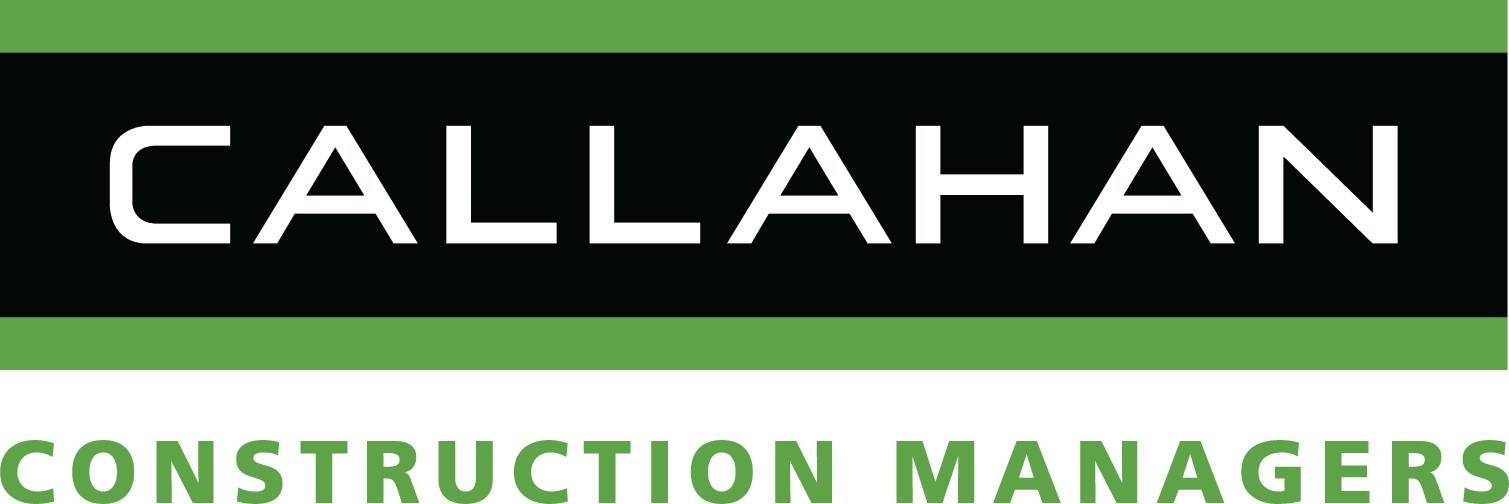There’s No ‘Magic Button’ For Solving CRE’s Challenges, But Creative Strategies Can Help

While the New York City commercial real estate market has faced the same challenges and uncertainties as many other major markets around the country, particularly with office assets, multifamily remains a bright spot.
New York multifamily vacancy rates remain at nearly historic lows, while rents have exceeded pre-pandemic levels and grown by 2.3% in the last 12 months, which is nearly twice the national average. Despite these positive numbers, challenges remain, particularly with financing.
“The multifamily market in New York, New Jersey and Connecticut is not slowing down,” said Phil Dinan, director of business development at Callahan Construction Managers, which specializes in multifamily construction, among other asset classes. “However, some projects are being held up due to the financial market. Money is expensive, and banks do not have the same mindset they did three or five years ago and are being very stringent about who they are lending to these days.”
This holdup means it is more important than ever for projects to come in on time and within budget, something Callahan has been working hard to achieve for its clients in the Tri-State Area, Boston and beyond.
Dinan said that project costs appear to be starting to come down following the upward surge seen in recent years. However, supply chain disruptions and the tight lending market continue to impact Callahan’s multifamily clients, which has led the firm to search for creative solutions to keep projects moving, from tapping into its wide network of partners and suppliers to utilizing its extensive pre-construction services.
David Morrow, vice president of New York operations for Callahan, cited a client that needed to install a walk-in freezer, but due to supply chain delays, the lead time for this core component was significantly increased. Callahan switched subcontractors to a company that could produce the equipment more quickly and was able to keep the project on schedule. Callahan’s trade partners also added extra labor and overtime to help make up the time that was lost to procurement delays, further shepherding the project along and helping it meet projected milestones despite these challenges.
For another project, a client building a life sciences facility hoped to have it leased up as quickly as possible. Callahan not only built the core and shell of the building but also worked with project stakeholders to coordinate the fit-out of the facility, ensuring that the space would have everything it needed to be move-in-ready for tenants. The first tenant was able to move in one month after the shell was completed.
Callahan’s keys to success come down to a few factors, including the firm’s pre-construction strategy, which involves coordinating with all project stakeholders as early on as possible and is led by Frank DiCenso, vice president of pre-construction. Callahan leverages the firm’s extensive in-house staff of engineers, architects, estimators, and mechanical, engineering and plumbing, or MEP, professionals.
This allows the project team to proactively tackle any challenges a project may face, rather than when it is too late to come up with an effective solution. During the height of the pandemic-led supply chain disruptions, Callahan was purchasing steel and other long-lead items before the team had completed final good manufacturing practices contracts with a client. This allowed it to lock in the price for these items ahead of time and keep a project on track.
“There’s really no magic button for fixing the problems facing CRE right now,” Dinan said. “It's just about diving in and doing anything you can, whether it's reaching out to different partners and debt funds and using your network to try to do anything you can. We pride ourselves on going above and beyond to do what’s best for the client.”
Sometimes, Callahan’s pre-construction strategy allows it to enhance a project in ways clients may not realize. DiCesno spoke about a spec conversion Callahan did at a former USPS facility. During the pre-construction assessment, the team determined that a lower-level utility space in the facility could be transformed into 211 covered parking spaces with an elevator for added convenience. As a result, the lease-up of the finished project was very successful and the asset traded at a value more than twice the total development cost, he said.
Looking ahead, Callahan has several multifamily projects in the works in the Tri-State Area, and Dinan said he remains positive about what lies ahead for CRE.
“Going into 2024, I do see the market coming back,” he said. “We were hoping there would be a larger recovery at this point, and that has yet to materialize, but there are bright spots on the horizon, and I believe that in 2024 we will get back to the market we saw over the last few years. We look forward to working with our clients toward that goal.”
This article was produced in collaboration between Callahan Construction Managers and Studio B. Bisnow news staff was not involved in the production of this content.
Studio B is Bisnow’s in-house content and design studio. To learn more about how Studio B can help your team, reach out to studio@bisnow.com.

